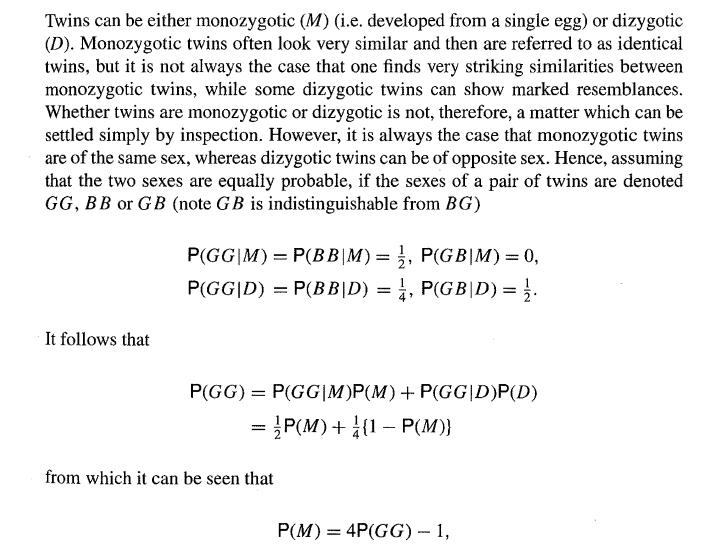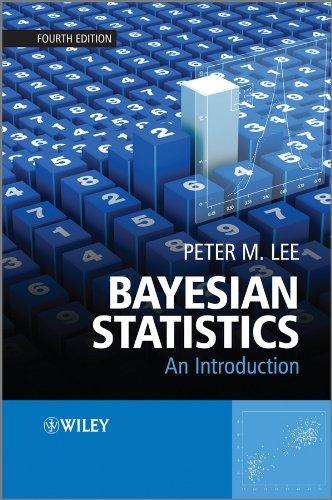The example on Bayes' Theorem in Section 1.2 concerning the biology of twins was based on the
Question:
The example on Bayes' Theorem in Section 1.2 concerning the biology of twins was based on the assumption that births of boys arid girls occur equally frequently, and yet it has been known for a very long time that fewer girls are born than boys ( cf. Arbuthnot, 1710). Suppose that the probability of a girl is p, so that

Find the proportion of monozygotic twins in the whole population of twins in terms of p and the sex distribution among all twins.
Bayes' Theorem

Fantastic news! We've Found the answer you've been seeking!
Step by Step Answer:
Related Book For 

Question Posted:





